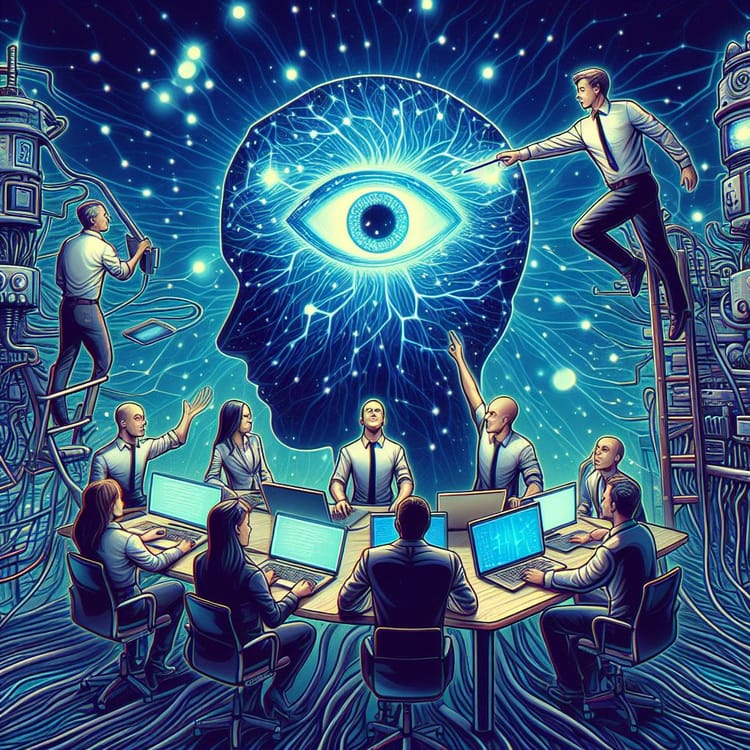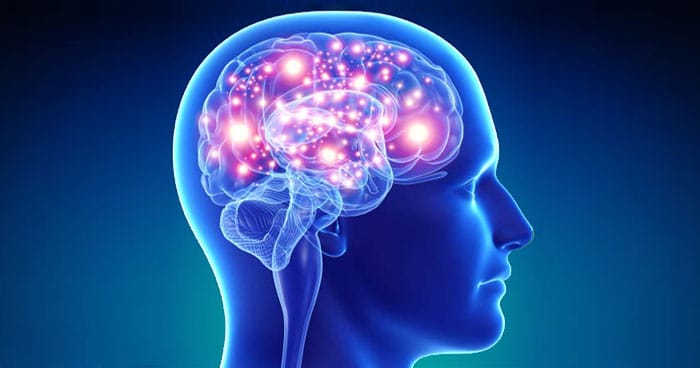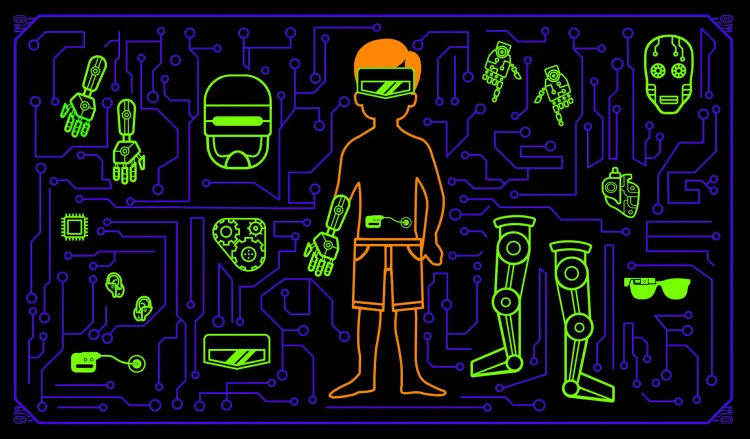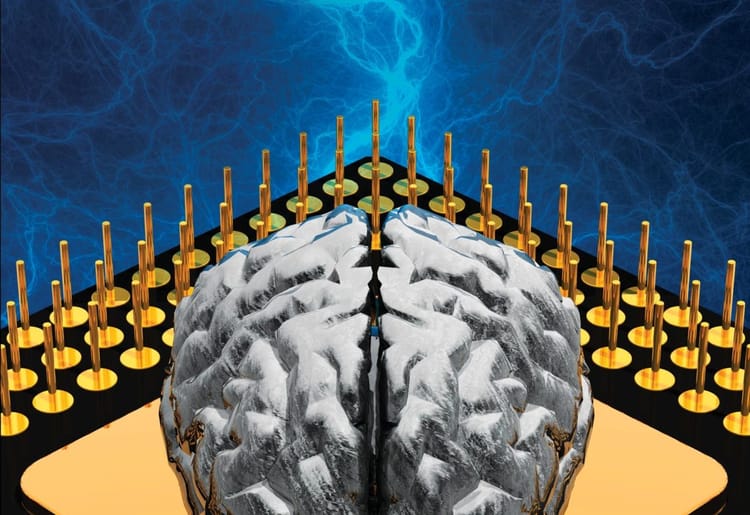The Brain's Interdependence
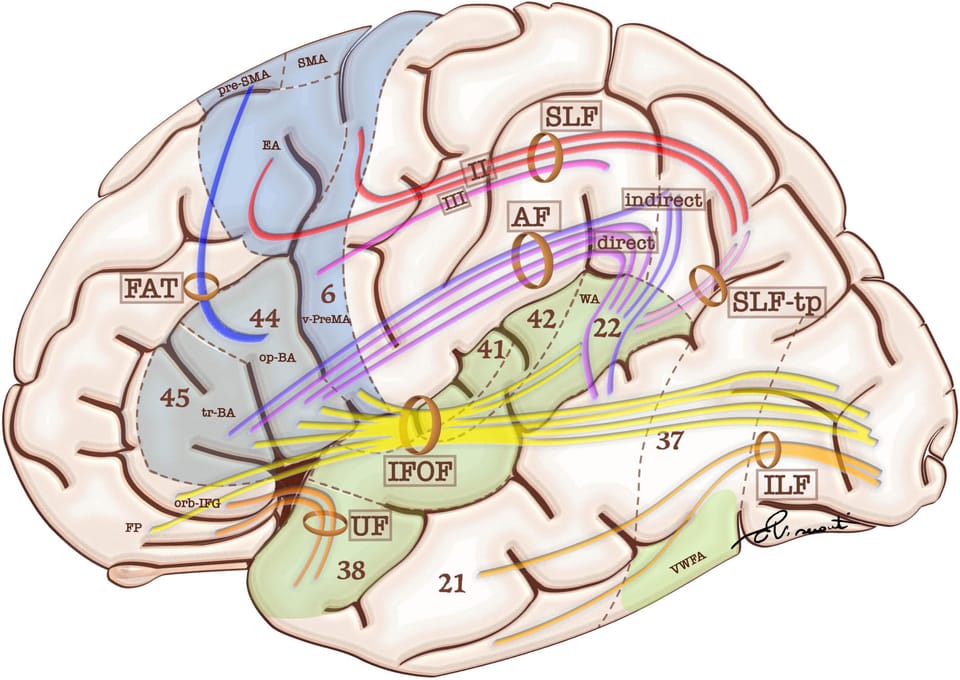
Welcome to the weekly Socos Academy newsletter, a tour through my latest research, mad science projects, and upcoming events and mediclimate policy, a.
Mad Science Solves…
I'm in Germany this week talking to the government about AI and how to solve massive global problems, like climate change and political instability. It has been a beautiful and enjoyable visit, in the sight of a 19th century agricultural innovation center. (Apparently one of the local innovations was warming their cows, which, given the beauty of the setting, leaves me thinking of this places as the cow spa.)
It struck me that we understand the climate as a complex system–the canonical example of a chaotic system–but we don't think of policy change to address it with a similar level of complexity. The socioeconomic context of climate policy is as much a complex, interdependent ecology as any biome or microclimate. Although it might seem overwhelming thinking of policy-making in these terms, I strongly suspect that dynamical models might be as valuable for understand climate policy making as they are of understanding the climate itself.
Without a richer understanding of the human complexity of climate policy, AI won't be a terribly useful tool for moderating change or adapting to it. In fact, AI's biggest role in climate policy might be in better understanding ourselves, our choices, and the messy role both play in a warming world.
Stage & Screen
Featured Keynote Topic!
The Neuroscience of Trust and the Diversity-Innovation Paradox
Building a culture that embraces the tension between trust and diversity takes time and effort. When led correctly, diverse teams outperform non-diverse teams in terms of higher collective intelligence, innovation and creative problem solving. However, even when leaders believe in the power of diversity and the value proposition for diverse teams, many struggle to capture this value – because of the way we’re wired.
In this keynote and/or discussion, Dr. Ming shares: the complexity of The Neuroscience of Trust and how our brains process information about other people, why creating a culture of trust in diverse teams is harder than it looks, and what we need to do about it. Vivienne shares research and experience in real organizations and has explored ways leaders and teams can “hack” their brains and overcome instincts that impede their ability to hire and nurture winning diverse teams.
These same ideas can be applied to how sales teams connect, build and maintain relationships with customers, how marketers better understand target audiences, and leaders can leverage special, ultra-diverse teams for special projects and key initiatives.
Reach out to keynotes@socos.org for more information!
Research Roundup
More than Modular
Our brains are the world’s messiest democracy (and the polls survey only the most privileged but self-involved voters). It seems so inefficient for intelligent behavior to be the product of so many interacting circuits, modes, nuclei, substructures, and networks, all with their own hysteresis, interconnectivity, and developmental history. But recent research with deep reinforcement learning (RL) models suggests that “Having multiple selves helps learning agents explore and adapt in complex changing worlds”.
In most RL models, the agent is a single undifferentiated network. By “designing an agent…as a collection of subagents, each dedicated to a separate need”, however, the resulting super-agent was more capable. Specifically, the subagent collective “exhibited a form of exploration that was intrinsic and emergent rather than extrinsically imposed”. This…let’s call it curiosity (but please don’t over-read)…made the collective more robust to changes in the environment and better balanced their behaviors as the number of “conflicting objectives increased”.
My one issue with the paper is the use of the term “modular”. In a real brain, these “modules” learn to interact and interdepend within a messy ecosystem. While the “modules” seem to be the units of agency, like individual organisms or individual species, the real causal factors are hidden across innumerable interactions and interdependencies. So, why are messy interactions “better”—more dynamics, more robust, scale gracefully—than fully integrated systems? Perhaps successful allostasis requires a form of competition to maintain criticality.
The Mind Modes
Since I was an undergrad, I’ve wondered about the “right” level at which to study the brain. One paper calls molecular changes in individual cells “memory”. For others it is epigenetic changes or other complex synaptic modifications. Others ignore all of this cellular machinery in favor of memory circuits, regional activity patterns, system-wide connectivity modes, or even brain-wide waves.
As a computational neuroscientist I’ve never been as interested in the biological specifics of the brain as in the computational implications: why does the brain work as it does, more so than how. But still all of these different levels of computation induces conflicting views of the brain, the “right” level of analysis, and even the meaning of words like “memory” or “perception”.
So, my rule since nearly day 1 has been: however complex you think the brain is, it’s more complex than that. It is a mantra that has never let me down.
Still, I’m as curious as anyone when I read 2 amazing papers claiming to explain the same phenomenon but at wildly different levels. What I have come to believe is that hypotheses in the behavioral sciences, from molecular neuroscience to socioeconomic theory, attempt to explain too much. We humans are looking for modular, unique causes that explain away all competing theories and levels of analysis. But this is false. We shouldn’t try to explain away the other scales, levels and models, but instead think of the chaotic ecosystem in which they are interdependent, nonlinear factors.
(btw, I am not saying that every shitty model is valid, but rather that the best, most mechanistically explanatory should speak to each other rather than try to explain each other away.)
All of this is why I liked Earl Miller and colleagues’ recent paper so much, “In vivo ephaptic coupling allows memory network formation”. It brings 2 well studied levels together, local field potentials and individual neuronal activity, and explores how they bidirectionally shape each other in ways that neither would achieve independently: “Like the conductor of an orchestra, the fields influence each musician or neuron and orchestrate the output, the symphony.”
We need more of this active integration of theory and mechanism, from memory engrams to the concept of choice in economics. Let’s just accept we are more complex than 1 level can possibly explain and lean into the messiness. It is so much more interesting and fun!
Follow more of my work at
- Socos Labs
- Socos Foundation Data Trust
- Dionysus Health
- Optoceutics
- RFK Human Rights
- GenderCool
- Crisis Venture Studio
- Inclusion Impact Index
Week on!
